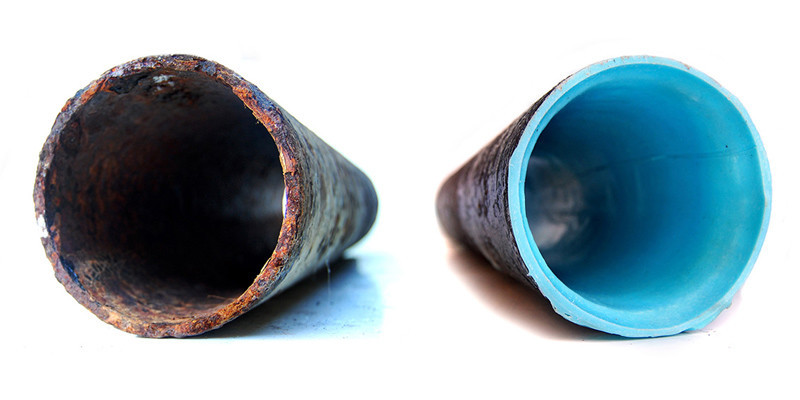As cities around the world grapple with aging infrastructure, the need for innovative and sustainable solutions becomes increasingly apparent. One such solution gaining traction is pipe relining, a method that offers a cost-effective and environmentally friendly way to rehabilitate deteriorating pipes without the need for extensive excavation. In this blog post, we’ll delve into the intricacies of sewer pipe relining and explore why it’s becoming a preferred choice for municipalities and utilities alike.
The Challenge of Aging Infrastructure:
The infrastructure beneath our cities—water and sewer pipes, in particular—is often out of sight and out of mind until problems arise. However, many of these pipes were installed decades ago and are reaching the end of their lifespan. The deterioration of these pipes can lead to leaks, bursts, and contamination of water supplies, posing significant risks to public health and the environment.
Traditional Methods vs. Pipe Relining:
Traditionally, repairing or replacing aging pipes involved extensive excavation, disrupting traffic, businesses, and daily life in the affected areas. Not only is this approach costly and time-consuming, but it also has significant environmental implications, such as soil disruption and increased carbon emissions from heavy machinery.
Pipe relining offers a sustainable alternative to traditional methods. Instead of excavating and replacing the entire pipe, relining involves inserting a new lining into the existing pipe, essentially creating a pipe within a pipe. This method can be used for various types of pipes, including sewer, stormwater, and potable water lines, and it can rehabilitate pipes made of materials like clay, concrete, PVC, and cast iron.
The Relining Process:
The process of pipe relining typically involves the following steps:
- Inspection: A thorough inspection of the existing pipe is conducted using advanced technologies such as CCTV cameras to identify any defects, cracks, or blockages.
- Cleaning: The pipe is cleaned using high-pressure water jets to remove any debris, sediment, or obstructions, ensuring a smooth surface for the new lining.
- Lining Installation: A flexible liner, typically made of resin-saturated felt or fiberglass, is inserted into the pipe and inflated to adhere to the inner surface. The liner is then cured in place using heat or ultraviolet light, creating a durable and seamless new pipe within the existing one.
- Quality Assurance: Once the lining has cured, another inspection is conducted to ensure that the relined pipe meets the required standards and specifications.
Benefits of Pipe Relining:
Pipe relining offers several benefits over traditional pipe repair and replacement methods, including:
- Cost-effectiveness: Pipe relining can be significantly cheaper than excavation and replacement, as it reduces labor, material, and equipment costs.
- Minimal Disruption: Relining requires minimal excavation, leading to less disruption to traffic, businesses, and residents. This results in shorter project timelines and reduced inconvenience for the community.
- Environmental Sustainability: By minimizing excavation and the associated carbon emissions, pipe relining helps reduce the environmental footprint of infrastructure rehabilitation projects.
- Longevity: Relined pipes are highly durable and resistant to corrosion, tree root intrusion, and other common causes of pipe failure. This can extend the lifespan of the rehabilitated pipes by several decades, reducing the need for future maintenance and replacement.
- Improved Infrastructure Resilience: By rehabilitating aging pipes and reducing the risk of leaks and bursts, pipe relining contributes to the overall resilience of urban infrastructure, ensuring reliable water and sewer services for communities.
Conclusion:
As cities continue to confront the challenges of aging infrastructure, innovative solutions like pipe relining offer a sustainable path forward. By combining cost-effectiveness, minimal disruption, and environmental sustainability, pipe relining is helping municipalities and utilities rehabilitate aging pipes while minimizing the impact on communities and the environment.
